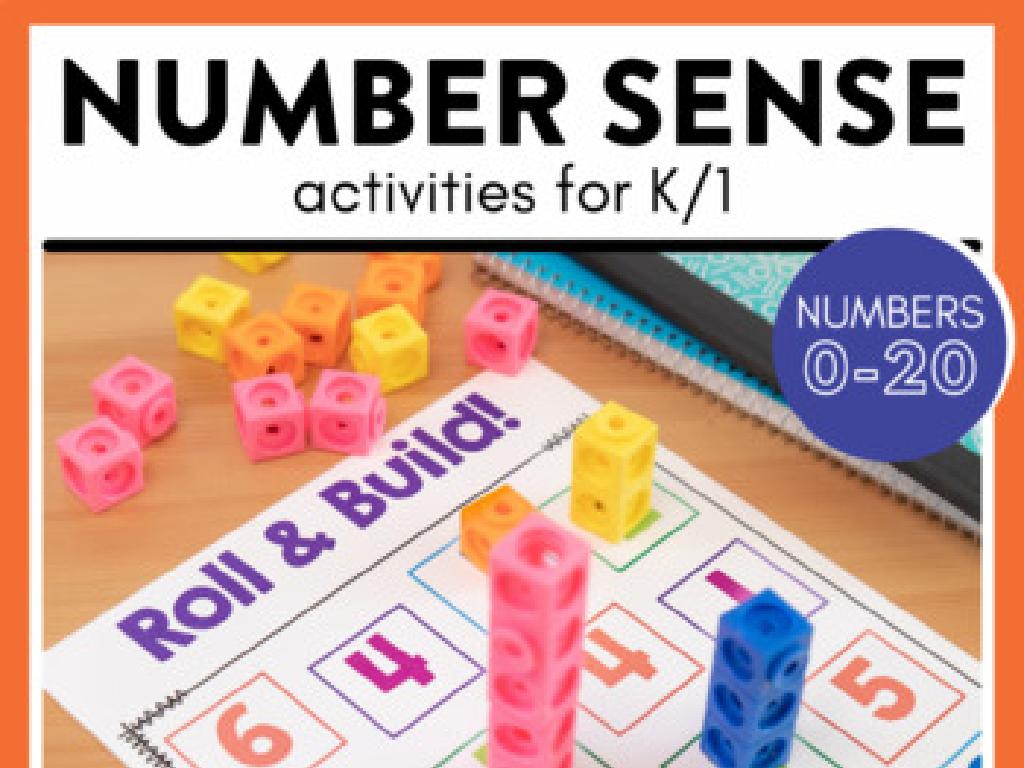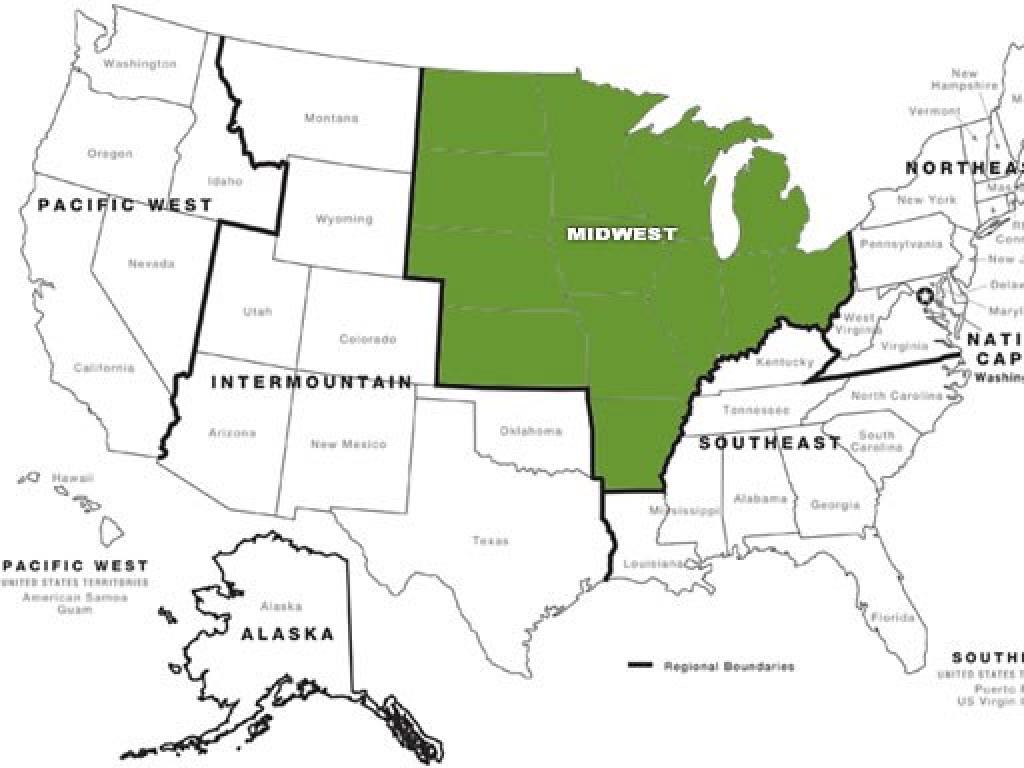Write Inequalities From Number Lines
Subject: Math
Grade: Seventh grade
Topic: One-Variable Inequalities
Please LOG IN to download the presentation. Access is available to registered users only.
View More Content
Introduction to Inequalities
– Understanding inequalities
– An inequality compares two values, showing if one is less than, greater than, or simply not equal to another value.
– Inequalities in daily life
– Think budgeting money or checking height for a ride.
– Writing inequalities from lines
– Learn to express the range of possible solutions on a number line.
– Today’s lesson preview
|
Begin the lesson by explaining the concept of inequalities, emphasizing that they are a way to compare different quantities. Use relatable examples such as budgeting allowance or height requirements for amusement park rides to illustrate how inequalities are part of students’ everyday lives. Transition to the main focus of the lesson, which is writing inequalities from number lines. Show how a number line can visually represent the solutions to an inequality. This introduction sets the stage for the activities to follow, where students will practice translating number line models into inequality statements.
Recap: One-variable Inequalities
– Review of one-variable inequalities
– An inequality compares two values, showing if one is less than, greater than, or simply not equal to another value.
– Real-life inequality examples
– Consider budgeting: If you have $50 and want to buy a game that costs ‘x’ dollars, the inequality is x d 50.
– Writing inequalities from scenarios
– Translate real-life situations into inequalities, like ‘x’ being the number of people that can fit in an elevator with a limit.
– Practice with number lines
– Use a number line to visualize and solve inequalities, marking ranges that represent solutions.
|
This slide aims to consolidate students’ understanding of one-variable inequalities by revisiting key concepts and applying them to real-life situations. Begin with a brief review of what an inequality is and how it is represented. Then, move on to practical examples, such as budgeting or capacity limitations, to show how inequalities are part of everyday decision-making. Encourage students to think of their own examples and to practice writing inequalities based on those scenarios. Finally, use number lines to graphically represent and solve these inequalities, reinforcing the visual aspect of the concept. This will prepare students for more complex problems and ensure they grasp the fundamental principles of inequalities.
Number Lines: Understanding Inequalities
– Define a number line
– A straight line with numbers placed at equal intervals
– Number lines and inequalities
– Visualize and solve inequalities by marking values
– Components of a number line
– Origin is the center, points represent numbers, arrows show direction
– Practice with number lines
|
This slide introduces the concept of a number line as a foundational tool in understanding and representing inequalities. Begin by defining a number line and explaining its purpose. Emphasize how it can be used to visually represent and solve inequalities, making abstract concepts more concrete for students. Discuss the key parts of a number line, including the origin, points, and direction, and how each part is used to represent numbers and inequalities. Include practice examples where students identify and write inequalities based on the information given by a number line. Encourage students to ask questions and provide additional examples if needed to ensure understanding.
Writing Inequalities from Number Lines
– Understanding inequality symbols
– Symbols: (greater than), d (less than or equal to), e (greater than or equal to)
– Translate graphs into inequalities
– Use the number line to express the range of values for a variable
– Writing inequalities examples
– Example: A point on 4 with an open circle and arrow to the right represents x > 4
– Practice with number lines
– Try creating inequalities from number lines in your workbook
|
This slide introduces students to the concept of writing inequalities based on number line representations. Begin by explaining the symbols for inequality and their meanings. Then, demonstrate how to translate the information from a number line graph into an inequality statement. Provide clear examples, showing both open and closed circles on number lines to represent ‘less than’ and ‘less than or equal to’ scenarios. Encourage students to practice by writing inequalities for different number line graphs, reinforcing their understanding of how the direction of the arrow and the type of circle (open or closed) affect the inequality. Provide additional practice problems in the workbook for students to solve independently.
Practice: Writing Inequalities from Number Lines
– Write inequalities for points
– For point A at -3, write A A
– Understand inequality symbols
– Symbols: (greater than)
– Discuss symbol direction
– The symbol always ‘points’ to the smaller number
– Group activity with examples
– Work in pairs to practice writing inequalities
|
This slide is designed for a collaborative classroom activity where students will practice writing inequalities based on given points on a number line. Begin by demonstrating how to write an inequality for a point marked on the number line. Explain the meaning of inequality symbols and how to choose the correct one based on the relative positions of numbers. Emphasize that the inequality symbol points towards the smaller number. Divide the class into pairs and provide each group with a number line and several marked points. Ask them to write inequalities for these points and discuss their answers with the class. This activity will help solidify their understanding of one-variable inequalities and how to represent them using number lines.
Your Turn: Writing Inequalities from Number Lines
– Analyze given number lines
– Write inequalities for scenarios
– Use symbols like to represent the relationship
– Discuss answers with peers
– Share findings with the class
– Explain your reasoning for each inequality
|
This interactive activity is designed to help students apply their knowledge of one-variable inequalities to real-world scenarios using number lines. Provide students with a variety of number lines, each representing different scenarios where they must determine the correct inequality symbol to describe the relationship between numbers. Encourage students to discuss their thought process with classmates before sharing their answers with the class. This will foster a collaborative learning environment and enhance their understanding of inequalities. As a teacher, circulate the room to offer guidance and ensure that students are correctly interpreting the number lines. Possible activities could include comparing ages, heights, or amounts of money to provide relatable contexts for the students.
Class Activity: Number Line Inequality Challenge
– Pair up and create number lines
– Write inequalities for your lines
– Use integers and include at least one variable
– Swap number lines with another pair
– Solve the inequalities given by your classmates
– Discuss solutions as a group
– Share different solving methods and answers
|
This interactive class activity is designed to reinforce the concept of writing and solving inequalities based on number lines. Students will work in pairs to create their own number lines with inequalities, ensuring they use integers and include at least one variable. After creating their number lines, they will exchange with another pair to challenge each other in solving the new set of inequalities. This activity promotes collaboration and allows students to see a variety of problem-solving approaches. As a teacher, facilitate the group discussion afterward, encouraging students to explain their reasoning and understand different methods used by their peers. Possible variations of the activity could include using different ranges of numbers, including absolute value inequalities, or having students graph the solutions on a number line.
Wrapping Up: Inequalities & Homework
– Recap of today’s lesson
– Why inequalities matter
– Understanding inequalities is crucial for algebra and beyond.
– Homework: Practice worksheet
– Complete the worksheet on number line inequalities.
– Keep practicing at home!
|
As we conclude today’s lesson on writing inequalities from number lines, it’s important to emphasize the role of inequalities in understanding more complex mathematical concepts. The homework assignment is a worksheet designed to reinforce today’s learning and provide additional practice. Encourage students to attempt all problems and remind them that practicing these skills is key to mastery. The worksheet includes various number line inequalities that students must write in inequality form. For the next class, be prepared to review the homework answers and address any questions or difficulties the students may have encountered.






